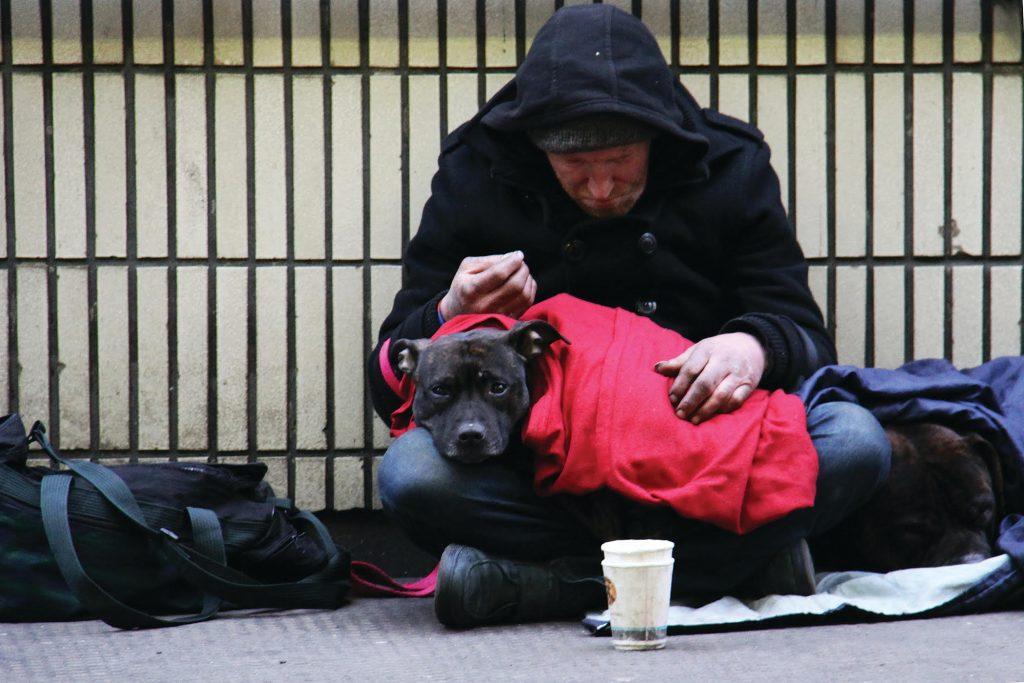By Sherman S. Haggerty
How do we start the conversation about changes that could lead to better futures for the unhoused and the communities we live in? Social worker and author Sherman S. Haggerty has context and solutions to offer. With decades of experience as a homebuilding executive and director at Volunteers of America Northern California-Northern Nevada, Sherman is available for interviews, expert commentary, and Q&As with actionable steps and concrete strategies your audience can use to fight homelessness.By Sherman S. HaggertyHow do we start the conversation about changes that could lead to better futures for the unhoused and the communities we live in? Social worker and author Sherman S. Haggerty has context and solutions to offer. With decades of experience as a homebuilding executive and director at Volunteers of America Northern California-Northern Nevada, Sherman is available for interviews, expert commentary, and Q&As with actionable steps and concrete strategies your audience can use to fight homelessness.
According to Forbes, Los Angeles has 63.7K people who are losing their chances to leave homelessness behind and become respected, contributing members of their communities. Partly due to policy changes at the federal level, the prospects for the unhoused are sinking to an unprecedented low. Sherman offers practical solutions for our government leaders and the average person, including physical and mental health programs, volunteer and community outreach, the destigmatization of homelessness, and so much more.

Photo by Nick Fewing
We’ve come a long way in appreciating marginalized voices and the stories they have to tell and experiences they have to share. But one of the populations that is still suffering, and which counts members from most marginalized groups among its own, is homeless. There are programs to rehabilitate addicts and help the formerly incarcerated to transition back into society, as there should be. But the number of programs for the homeless is drastically shrinking.
The homeless will not have the chance to integrate and improve our community that other groups have been able to claim unless there is a drastic shift in our ability to value these human lives: Lives that are currently being abused and underserved. Female-identified folks, people of color, and Immigrants of all nations fought for the opportunity to have a chance to stake their claim as a contributor in their community. These groups have influential, credible leaders fighting for their equality and now for the beauty of their diverse contributions.
The homeless have no voice. Despite the fact that there are national alliances and lobbyist groups claiming to be working to end homelessness and non-stop rhetoric from our politicians, many do not appear to make fiscal policy or develop plans to help the homeless get out of their circumstances for good. Sadly, most of the population is discounted as not capable of achieving independence; too many mental health struggles, too much addiction, too much reliance on “handouts.”
Prior to 2017, there was a rich history of homeless services in Sacramento County for alcohol and drug recovery, stabilization, life skills training, vocational training, and employment placement. These organizations were working together to move large segments of the homeless off the streets and into their own market-rate housing. Many of those who went through that system remain major contributors to our community. They run businesses, work in social services, treat our community as medical professionals, and more. That continuum of care that worked people through levels of assistance to reach independence and thrive has been dismantled, and today there is no coordinated effort to rehab and put our existing homeless back to work. Thousands of formerly homeless were put back to work during the first fifteen years of this century right here in our back yard.
We’ve come a long way to provide affordable housing, but we need to put humanity back into homeless services, and that is more than housing. And it is more than just rhetoric about how badly we need those services. It is a detailed plan for rehabilitation, training, employment, AND housing solutions. Plans that focus on the details are fiscally much more practical and actually produce a return. It is demonstrably financially advantageous to the city and community when our unhoused are trained and start working. Helping our current homeless population get back to work and become independent isn’t the only answer, but it needs to be part of the solution in order to move forward.







